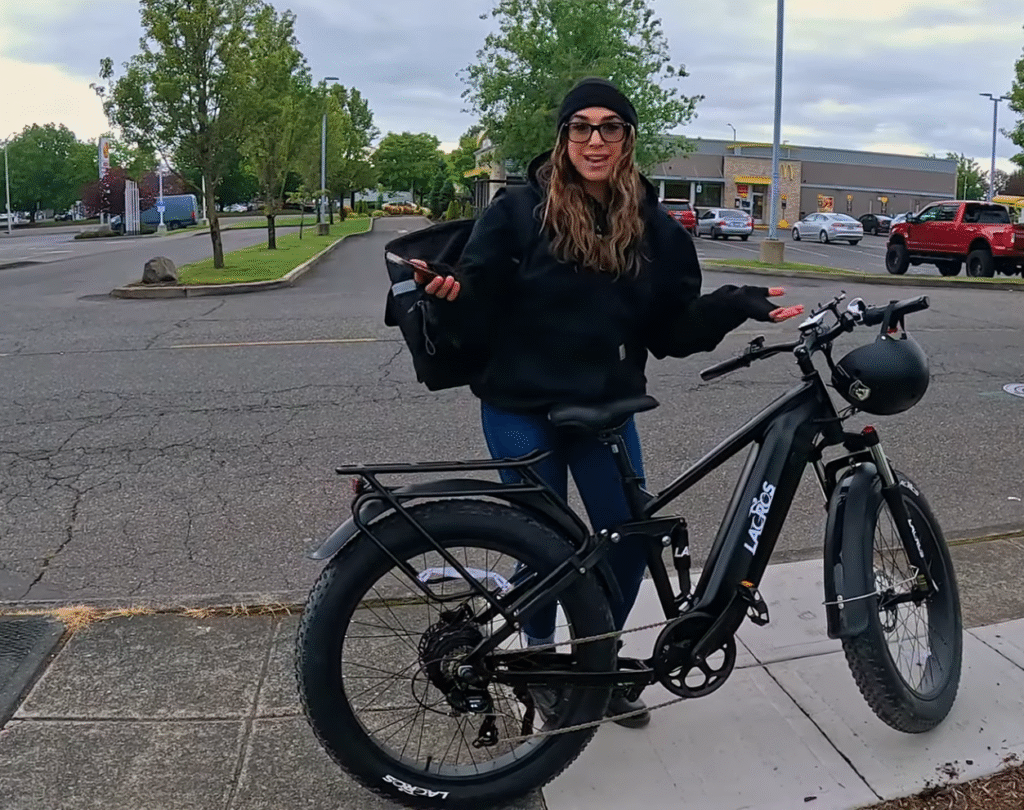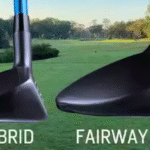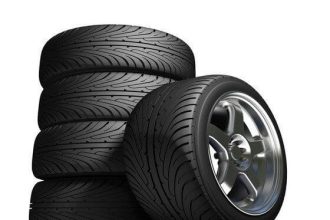Fat tire e-bikes are tough, reliable, and ready to tackle just about any road or trail. Whether you’re navigating city streets, snowy paths, or gravel trails, these electric bikes are built for comfort and control. But are they the right choice for your daily commute?
In this guide, we’ll explore what makes fat tire e-bikes special, their pros and cons, and how they compare to other e-bike options. Let’s find out if a fat tire e-bike is your perfect ride to work.

What Is a Fat Tire E-Bike?
Fat tire full suspension e-bikes come with oversized tires—usually between 3.8 to 5 inches wide. These tires offer more grip and stability, especially on rough or slippery surfaces. This makes them ideal for a variety of conditions, including snow, sand, gravel, and even pothole-ridden streets.
Why Fat Tire E-Bikes Are Great for Commuting
Superior Stability and Grip
Thanks to their wide tires, these bikes offer a strong grip on the road, helping you stay in control in rain, snow, or uneven terrain. They’re especially great if your commute includes trails or less-than-perfect roads.
Comfort on Every Ride
Fat tires act like shock absorbers. They reduce the impact of bumps, cracks, and curbs, making your ride smoother and more enjoyable—especially when paired with a suspension system.
All-Terrain Capability
From snowy streets to sandy trails, fat tire e-bikes can go almost anywhere. If your daily commute takes you through different terrains, this type of e-bike is a solid choice.
Common Drawbacks of Fat Tire E-Bikes
Before buying, it’s important to know the downsides too.
Heavier Than Other Bikes
Fat tire e-bikes are heavier than traditional bikes, which can affect speed and portability. You may find them harder to carry or store.
Slower on Pavement
Because of the wider tires, these bikes have more rolling resistance. That means they can feel a bit slower on smooth roads compared to thinner-tire models.
Limited Range
The extra weight and bigger tires can reduce battery life. If you have a long commute, check the range carefully and plan for charging stops.
Types of Fat Tire E-Bikes: What’s Best for You?
Here’s a quick breakdown of the most common types to help you choose the right one for your commute:
| Type | Best For | Pros | Cons |
| Class 1 | Flat city roads | Affordable, easy to use | Slower, needs pedaling |
| Class 2 | Hilly or mixed terrain | Throttle-powered, easy ride | Shorter battery life |
| Class 3 | Long commutes or fast travel | Faster (up to 28 mph) | May have legal restrictions |
| Full Suspension | Rough terrain | Ultra comfort | Heavier, higher maintenance |
| Hardtail | Pavement + mild trails | Lighter, lower cost | Less comfort on rough roads |
| Mid-Drive Motor | Hills, heavy riders | Better balance & power | Pricier, complex repairs |
| Hub-Drive Motor | Flat city roads | Simple, affordable | Less power on hills |
Fat Tire E-Bikes vs. Other E-Bike Types
| E-Bike Type | Best For | Strengths | Weaknesses |
| Fat Tire | Mixed terrain | Stability, grip | Heavy, less efficient on pavement |
| Traditional | Smooth roads | Lightweight, fast | Limited on rough terrain |
| Folding | Portability | Compact, easy to store | Lower power, smaller tires |
| Cargo | Heavy loads | Great for deliveries or kids | Bulky, expensive |
Looking for something compact? A folding e-bike might be a better option for tight spaces.
Key Features to Look For in a Fat Tire Commuter E-Bike
Battery Range
Choose a battery that comfortably covers your daily distance. Factors like terrain and assist level can affect range.
Motor Power
More watts mean more help on hills. Look for motors rated 500W or higher if your route includes steep climbs.
🛞Suspension
A suspension system (especially full suspension) will keep your ride smooth and reduce fatigue on bumpy roads.
Comfort Features
Look for adjustable handlebars, padded saddles, and ergonomic design for the best riding experience.
Budget
Fat tire e-bikes range from $1,500 to over $4,000. Set a budget and compare features that matter most to you.
Tips for Commuting Safely with a Fat Tire E-Bike
- Wear a helmet and reflective gear
- Use front and rear lights for visibility
- Lock your e-bike with a sturdy U-lock
- Keep your battery charged
- Check local e-bike laws to avoid fines
- Plan your route using bike-friendly paths
Are Fat Tire E-Bikes Good for Pavement?
Yes—but with some trade-offs. Fat tire e-bikes ride comfortably on pavement, but they’re not as fast or nimble as thin-tire models. If you value comfort over speed, they can still be a great option for smooth city roads.
Final Thoughts: Is a Fat Tire E-Bike Right for You?
Fat tire e-bikes are a smart pick if your commute includes uneven roads, bad weather, or off-road paths. They’re built for stability, comfort, and year-round riding.
If you prefer speed and agility on smooth streets, a traditional or folding e-bike might suit you better. But for all-around performance and confidence in any condition, fat tire e-bikes are tough to beat.














